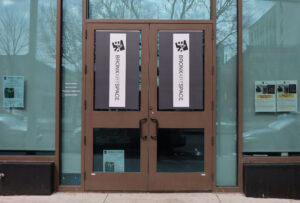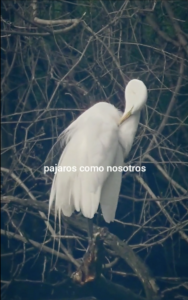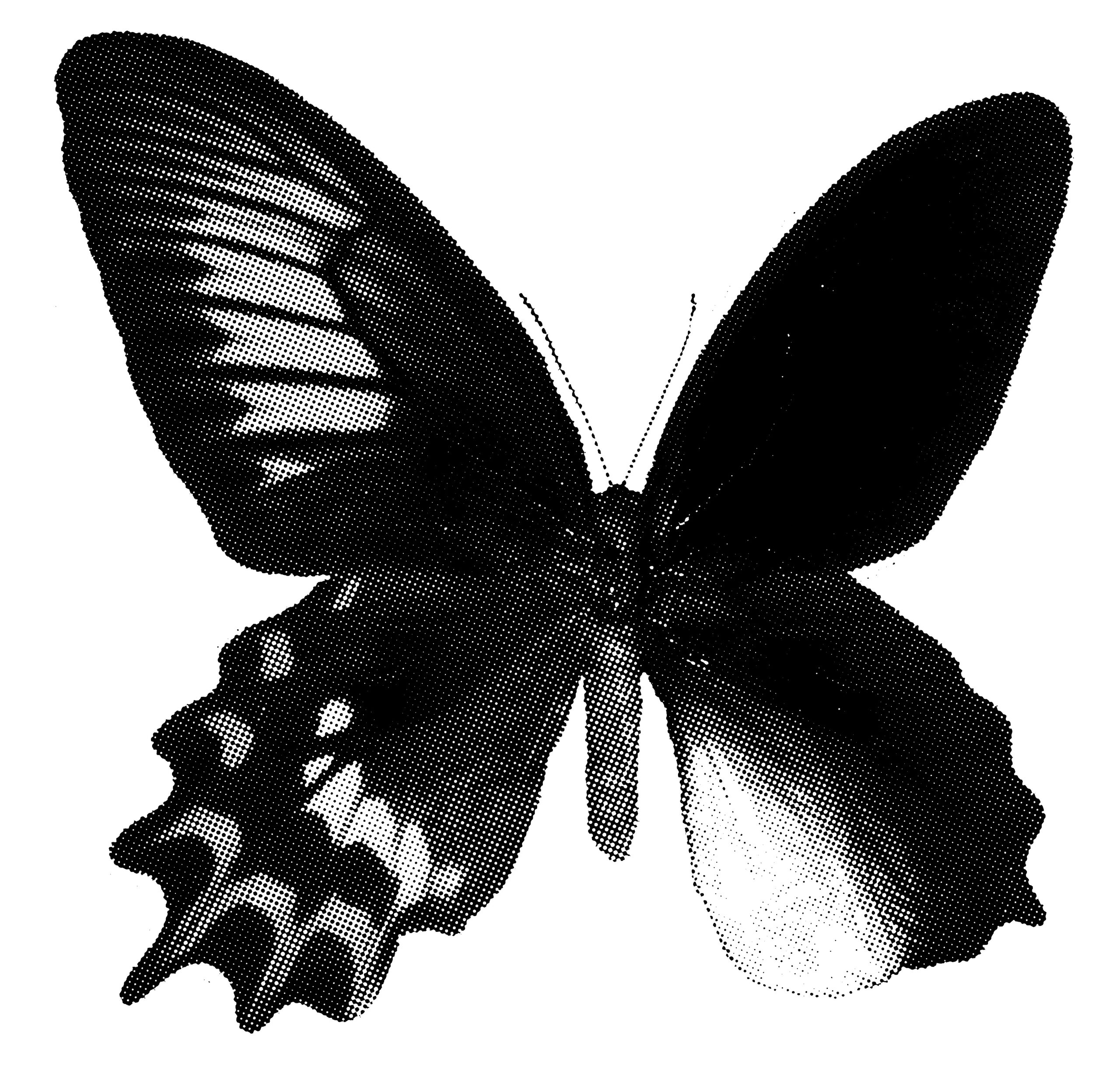We have a lot to learn about sexuality from nature.
That’s the message of the newest exhibit at BronxArtSpace, “Queer Nature,” which opens on March 2.
The works of nine artists are on display, featuring mixed-media works that explore non-binary life in nature and what it means to be part of a society that heavily frames itself around male-female constructs.
“Right now, the Bronx is queer AF,” said the exhibits curator and artist, Lizzy Alejandro. “I try to look for narratives that are not told — I’m a queer person and a person of color and I just don’t see myself represented in these spaces.”
The exhibit is the second to open in the last month in the Bronx to draw attention to the work of queer artists. On Valentine’s Day, the Lehman College Art Gallery opened a new art exhibit called, “Queer Love: Affection and Romance in Contemporary Art.”
The “Queer Nature” exhibit is an effort to create awareness and a clear presence of queerness in an environment that has long deemed it as “unnatural.” Yet, even in nature, sexuality is a spectrum. The male seahorse receives the eggs from the female and carries them to term. Both male and female hyenas have a penis and testes and the chimera butterfly is defined as split-sex — meaning it is both male and female.

Artist Deep Pool illustrates this reality through “Butterfly II” (2023). The image of the chimera butterfly is created using copy paper and scotch tape and appears as a negative of itself. It is asymmetrical in appearance and clearly different from one side compared to the other.
Deep Pool became so enraptured with this image that they even used it as a mascot for their clothing line.
“I’ve always thought about what the definition of natural is and what do we as a society think of as natural — a lot of people think that queer people are not natural,” said Deep Pool. Yet, when looking at these examples in nature, it is clear that the animal kingdom does not subscribe to heteronormative standards.
In February, the Gay and Lesbian Alliance Against Defamation (GLAAD) and the Human Rights Campaign, signed a petition calling out the New York Times for their lack of coverage concerning trans issues; several states in the U.S. have banned transgender care for minors; and last year, Florida Gov. Ron DeSantis signed HB 1557, also known as the “Don’t Say Gay” bill — leaving queer people and children out of the public conversation, which can be detrimental to the development of queer youth.
“Growing up in middle school and high school, there was never any sort of affirmation of queerness or gay identity or lesbianism being accepted,” said artist Dauris Martinez. He came out to his mother after the pandemic, but still keeps his sexual identity private from some family members that possess a machismo and homophobic mentality common in many Latino cultures.

Martinez’s works, “Pajaros” and “Pajaritos” (2020), are videos of birds in the wild with poetic text overlapping the footage as a suggestion of the animals’ inner monologue. And while the imagery may seem pure, it is important to understand the context of the word. Pajaro is the Spanish word for bird, and it has long been used as a pejorative towards gay men amongst those in Hispanic cultures that display toxic masculinity. But by Martinez adopting and “reclaiming” the word, he aims to dilute its power and transform it into a rallying point for queer culture.
“Showing up and showing out is important, especially in a world that always tries to erase us or forget about us,” said Katherine Miranda of their work, “Eclipse (Unity with the Divine),” (2022) and of the overall purpose of the exhibit.
Artists from the two concurrent Bronx exhibits focused on queer nature and queer love will come together on March 9 at BronxArtSpace to discuss their work and identity, with Lehman College Art Gallery Director Bartholomew Bland moderating.
“We are more than what we do with our genitals,” asserted Martian Cum (Andrea), an artist featured in the “Queer Nature” show.
The public is invited to the opening reception of “Queer Nature” Thursday evening, from 5:30 pm to 8 pm, where rainbow cookies and refreshments will be served. A special performance by artist Carecuca will kick off at 7 p.m.

